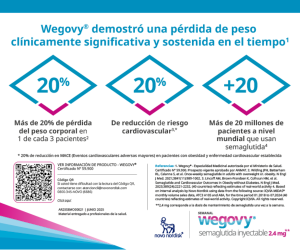P31 Intergenerational transmission of metabolic alterations in the offspring of rats with diabetes
DOI:
https://doi.org/10.47196/diab.v54i3Sup.416Keywords:
intergenerational transmission, metabolic alterations, diabetesAbstract
Introduction: The exposure to an adverse intrauterine environment, observed in the offspring of pregnancies complicated by diabetes, can program susceptibility to metabolic, endocrine and cardiovascular disorders later in life. Paternal exposure to diabetes can also lead to the development of metabolic disorders in the offspring, but this has been less studied.
Objective: Our aim was to evaluate the alterations in the lipid metabolism of placentas from fetuses (F2) fathered by male rats with type 2 diabetes (F1), obtained by intrauterine programming of rats with moderate pregestational diabetes (F0).
Methods: Control and type 2 diabetic male rats (diabetes obtained by intrauterine programming in the offspring of streptozotocin-induced diabetic rats, glycemia: 140-190 mg/dL) were mated with control female rats. On day 21 of gestation, the placenta of male and female fetuses was obtained for the evaluation of lipid levels (by TLC), mRNA of genes involved in lipid metabolism (by RT-qPCR) and lipoperoxidation (quantification of TBARS).
Results: Male diabetic rats (F1) and their male and female fetuses (F2) showed hypertriglyceridemia and hypercholesterolemia (p<0.05). Fetal weight was increased in both males and females of diabetic group (p<0.05), but placental weight showed no differences between groups. Triglyceride (p<0.05), cholesterol (p<0.01) and free fatty acid (p<0.05) levels were increased in the male’s placenta but not in the female’s placenta from diabetic group. The PPARalpha mRNA (p<0.001) was only increased in the male’s placenta from diabetic group. The mRNA levels of Aco (p<0.05), Fatp1 (p<0.01), Lipg (p<0.05) and Lpl (p<0.01) (genes involved in lipid oxidation and transport) were increased only in male’s placenta from the diabetic group when compared to controls. The mRNA levels of Fasn, Acc1 and Scd-1 (genes involved in lipid synthesis) did not show differences between groups. The placenta of male and female fetuses of the diabetic group showed an increase in lipoperoxidation when compared to controls (p<0.05).
Conclusion: Intergenerational transmission of metabolic alterations was evidenced in the offspring of rats with pregestational diabetes (F0). Paternal diabetes (F1), induced by intrauterine programming, leads to sex-dependent alterations in the regulation of placental lipid metabolism, with possible adverse consequences in the postnatal life of the offspring (F2).
Downloads
Published
Issue
Section
License

This work is licensed under a Creative Commons Attribution-NonCommercial-NoDerivatives 4.0 International License.
Dirección Nacional de Derecho de Autor, Exp. N° 5.333.129. Instituto Nacional de la Propiedad Industrial, Marca «Revista de la Sociedad Argentina de Diabetes - Asociación Civil» N° de concesión 2.605.405 y N° de disposición 1.404/13.
La Revista de la SAD está licenciada bajo Licencia Creative Commons Atribución – No Comercial – Sin Obra Derivada 4.0 Internacional.
Por otra parte, la Revista SAD permite que los autores mantengan los derechos de autor sin restricciones.




























